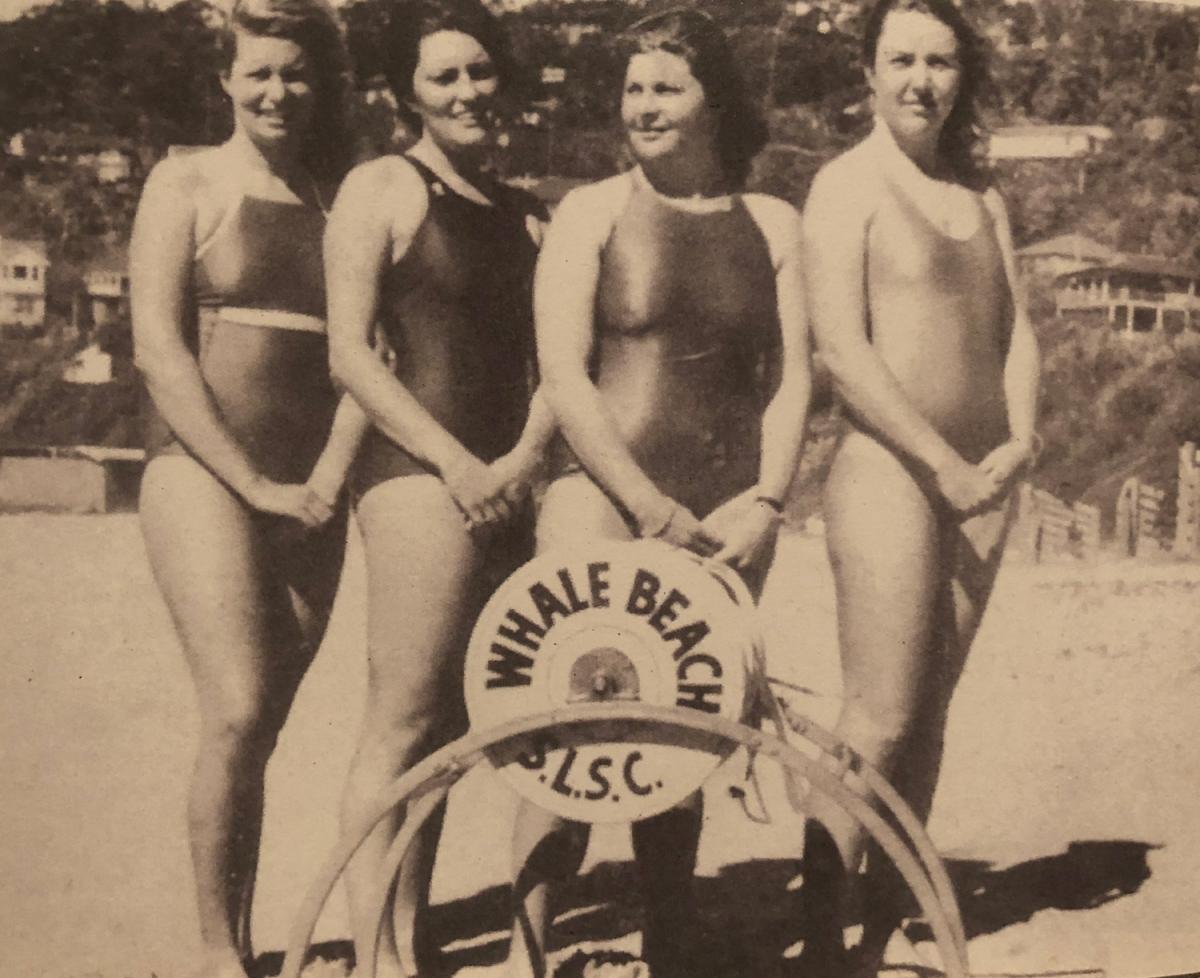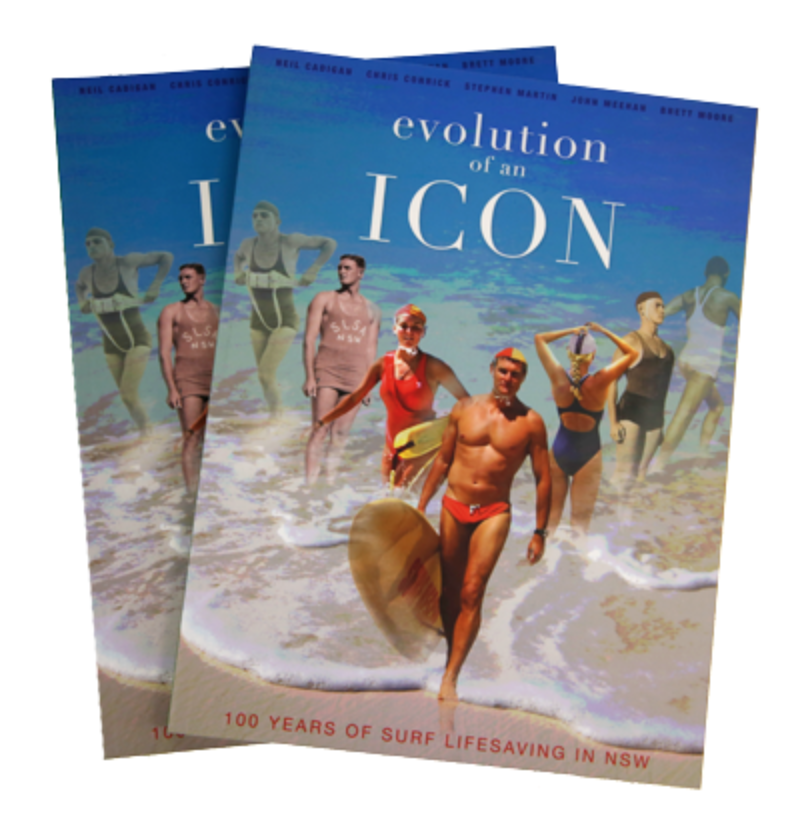It's hard to believe that just 38 years ago women were still denied full access to official surf club membership in Australia. Being a patrolling member and participating in rescues, competition and administration of a club was seen and known as strictly 'men's work'. Here's a brief insight into the long decision making process to our history. Perhaps a little food for thought about inclusion ahead of the 2018/19 season too.

This excerpt is taken from the Evolution of an Icon book pages 76-83
One of the most significant changes to surf lifesaving in its history was the eventual acceptance of women as active members. The final defeat to the opposition to full female participation began as part of the broader social shifts of the early 1970s.
The issue of women in surf lifesaving had been discussed since the establishment of the movement in 1907. Until the 1970s, women’s perceived lack of ability to participate in rescues and the entrenched attitudes of a male-dominated administration had held sway. But in the 1970s, women’s rights were being promoted in a broad range of social activities. The federal and state governments began to respond to the social discussion and to stimulate further changes. In 1973, for instance, the Federal Labor Government of Gough Whitlam appointed a women’s adviser, the first government to do so. Many women throughout Australia were now increasingly frustrated by surf lifesaving’s refusal to recognise their potential and by the consequent lack of opportunity for them to participate in an activity they enjoyed. They wanted to take their place as active members, and they were supported by many men.
In 1974 Don Dunstan, the premier of South Australia, made an ultimatum to the South Australian State Centre – integrate women or lose core government funding. South Australian officials acted, and they decided to pressure National Council to consider the necessary changes. In New South Wales, members of the Far South Coast Branch agreed at their 1974 annual general meeting that:
The Surf Life Saving Association permit the introduction of Female Membership and that they be required to obtain their Qualifying Certificate. Their role shall be deemed fit as set down by a Committee to investigate such matters appertaining to their introduction.
This motion forced New South Wales, the most powerful and one of the more intransigent states, to appoint a committee to report of full membership for women. Other New South Wales leaders, like Alan Fitzgerald, president of the Manly-Warringah Branch, and Jack O’Reilly supported full membership for women. These men were both experience and respected in surf lifesaving, and their support was crucial…
Wider social changes relating to the views of women’s capabilities reinforced the attitudes of many frustrated women, and male supporters of change, within surf lifesaving. The media also took up the cause. Papers reported cases of women keen to complete their bronze course. For example, after the authorities refused to examine two women in his course, the coach of the Ballina Club noted ‘It’s all because of a few old die-hards who want to see lifesaving as the last fortress of male supremacy to fall to women’…
By 1979 the majority of New South Wales clubs had agreed to a NSW SLSA motion to National Council allowing women to gain their Bronze Medallions and to become active members. National Council agreed and decided that integration would be implemented from 1 July 1980. There was one concession: clubs could choose whether they accept women on that date or later. However, in a strong hint to local intransigents, it noted:
The National Council does call upon all sections to recognise the strong social, moral and political pressures in the subject of equal opportunity of female participation. It is not considered to be in the best interests of the Association as a whole, or sections individually, if Club restrictions remain upon Membership, Office or Award – solely on the basis of their gender.
So it was that on 1 July 1980, the SLSA finally admitted women as full members. The entrenched attitudes of many male members and their clubs had through force of reason, expediency, simple political will and clout, been persuaded that women could save lives, participate in competitions and administration, and carry out all the responsibilities and enjoyments of surf lifesaving just as well as men.
Despite lingering informal opposition from some members, the official position was clear. Women were welcomed to full participation in surf lifesaving in New South Wales by administrator Ernie Davis, who also noted that the state’s Nipperettes Association had affiliated to New South Wales Ste Centre through the New South Wales Junior Association.
In 1981 Gus Staunton wrote that ‘one of the most far reaching items of legislation, within the Surf Life Saving Association’s history, was of course the decision to allow female[s] to obtain the Bronze Medallion’.
